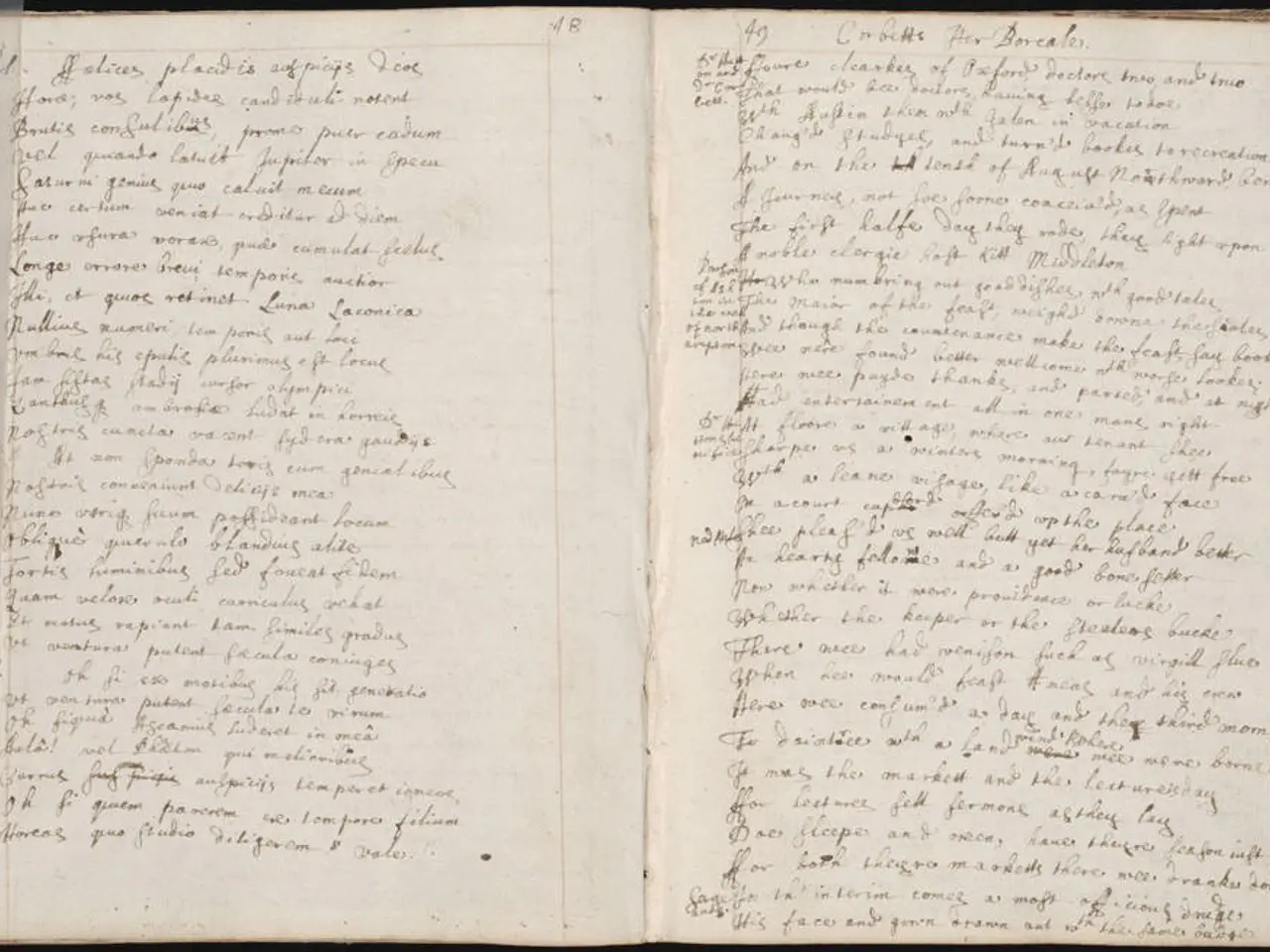Guidelines for Crafting DBQ Essays in AP History: Suggestions and Sample Structures
The Civil Rights Movement, a significant chapter in American history, aimed to end racial segregation and discrimination against African Americans. This complex and challenging period saw numerous triumphs and setbacks, making it a captivating subject for AP History exams.
One essential skill for excelling in these exams is the ability to write a Document-Based Question (DBQ) essay, which requires students to analyse historical documents and construct a well-argued essay based on the provided sources.
To write a successful DBQ essay on the Civil Rights Movement, follow these key strategies:
- Carefully analyse and understand all provided documents: Pay attention to each document’s main message, perspective, purpose, audience, and historical context rather than just summarizing their content.
- Develop a clear, arguable thesis statement: This should directly respond to the prompt and set out a focused historical argument to be supported by both the documents and your outside knowledge.
- Organise your essay effectively: Typically, this includes an introduction that provides context and states your thesis, body paragraphs that each develop a sub-argument supported by document analysis and outside evidence, and a conclusion that restates the thesis and synthesises your argument.
- Incorporate outside historical knowledge: This helps strengthen your argument, connecting factual information beyond the documents to provide depth and context.
- Analyse documents in relation to the thesis: Examine their content, point of view, and significance instead of merely describing what they say. Consider sourcing elements such as author bias, purpose, and audience to deepen your analysis.
- Manage time efficiently: Plan your essay before you begin writing, and allow reviewing time at the end.
- Avoid common mistakes: Weak or vague thesis statements, simply summarising documents without analysis, ignoring the sourcing of documents, and including irrelevant or unfocused information should be avoided.
A well-structured DBQ essay should have a clear introduction, body paragraphs with topic sentences, evidence, analysis, and a conclusion that relates back to the thesis. Spending approximately 15 minutes on reading and planning is recommended for DBQ essays. Allocating around 45 minutes for writing the essay is suggested, with the last 10 minutes reserved for reviewing.
Understanding the prompt is essential, as it provides the question or statement to address within the essay. By applying these strategies, you can write a coherent, evidence-backed DBQ essay that demonstrates critical thinking and historical understanding, both of which are essential for scoring well on AP History exams.
In the following paragraphs, we will delve into the movement's efforts to end segregation, its impact on voting rights for African Americans, and the broader social and cultural changes resulting from the movement's successes.
Education-and-self-development through the understanding of historical documents and learning about the Civil Rights Movement is crucial for excelling in AP History exams. In particular, the ability to write a well-structured Document-Based Question (DBQ) essay, as demonstrated in the key strategies described above, can significantly improve one's performance. This learning process not only enhances the student's critical thinking skills but also provides an appreciation for civil rights, a significant aspect of American history that aimed to end racial segregation and discrimination against African Americans.




